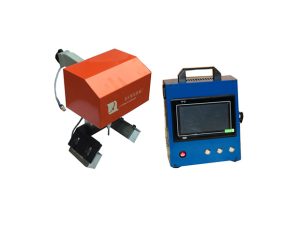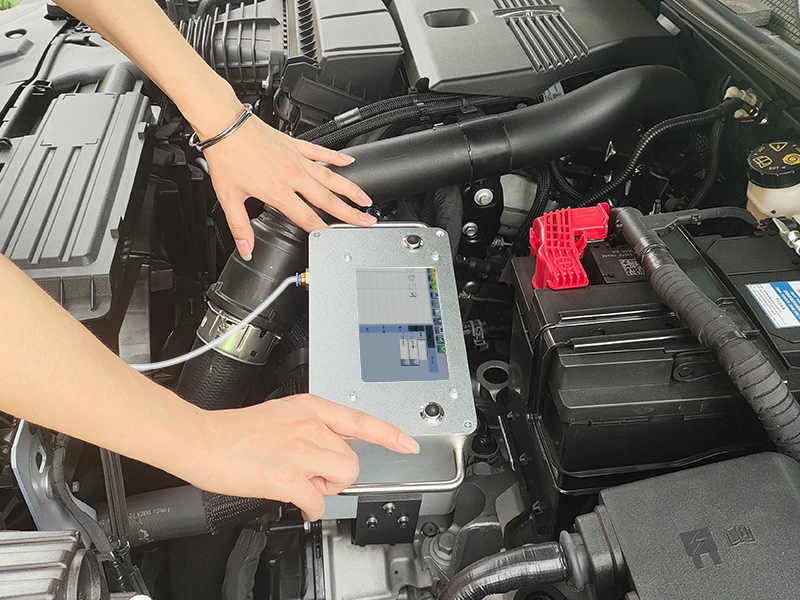Identify and Mark Your Gas Cylinders
Both industrial and medical gases are often transported, stored, and used in cylinders of specific capacities and diameters. These common gases have different physical and chemical properties. Some of these properties can cause fires, explosions, and poisonings. Therefore, personnel safety is at risk in the event of misuse or leakage. These gases need to be distinguished by different paint colors and markings on the cylinder shoulder. To regulate the use of industrial gases and reduce the risk of harm to people and the environment, Italy pioneered the use of color-coding and marking for small and medium-sized cylinders of commonly used gases in the 1970s. These regulations evolved into the current international standards ISO EN 1089, EN 9809, and ISO EN 13769.
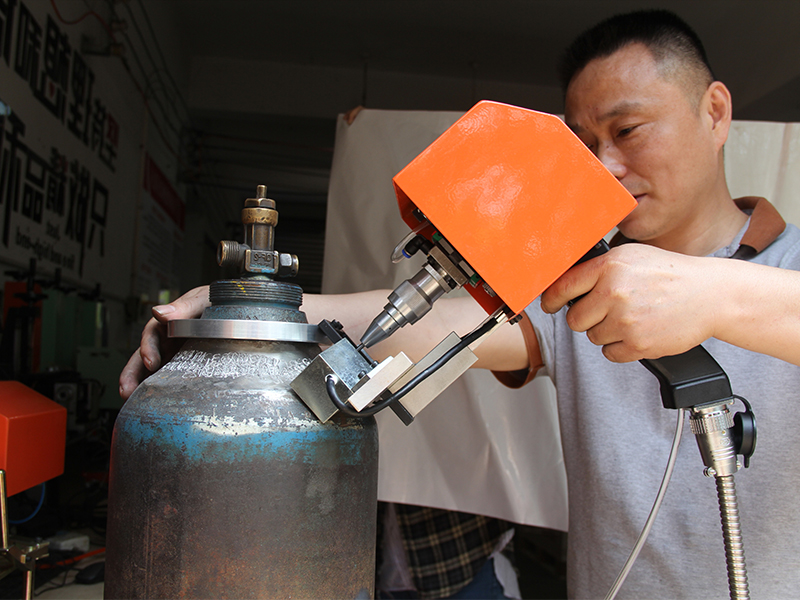
In general, manufacturers or users of gas cylinders are required to paint them in specific colors or patterns according to the chemical nature or specific composition of the gas, in accordance with regulations in the country where they are located. They must also mark the shoulder of the cylinder with information such as the specific composition, manufacturer, and filling date. This article will briefly explain the meaning and composition of international gas cylinder paint colors and patterns, and the scope of application of various marking methods. This information will help prevent accidents and ensure proper handling in an emergency.
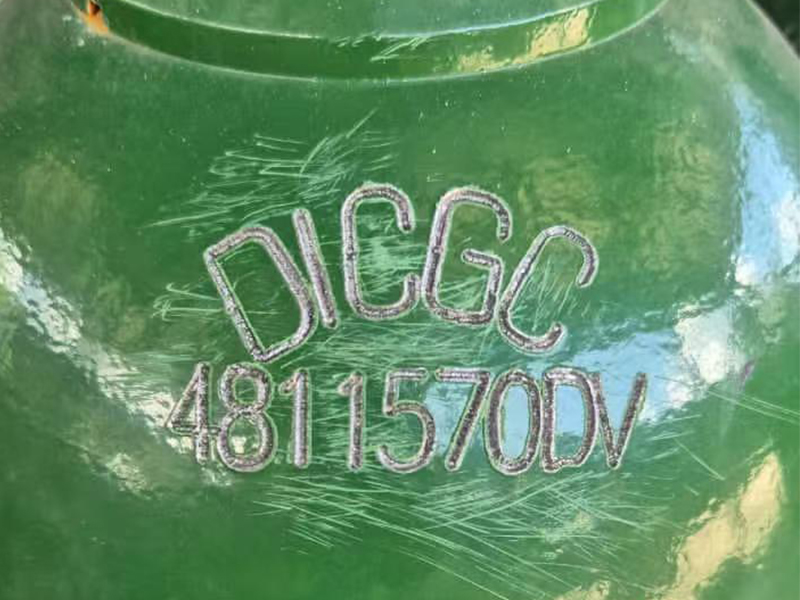
Why are there different colors of spray paint for cylinders?
The key to understanding the contents of a gas cylinder is the color of the spray paint. You can identify the type of gas by its color. This method is helpful even if you don’t know much about gases. However, you should always ensure that you can read the markings and labels on the cylinder to prevent accidents. The color of gas cylinders varies slightly from country to country. In general, though, red is used for flammable and explosive gases, and yellow is used for toxic gases or those that require special attention.
The following table shows some common gas cylinder color regulations in Europe:
| Color | Meaning | Safety Tips |
| Red RAL 3000 | Flammable | Keep away from heat or oxidizers, keep upright, and be aware of leaks. |
| Yellow RAL 1018 | Liquefied gas | Keep away from heat or flammable, or liquefied gas cylinders and be aware of leaks. |
| Brilliant Blue RAL 5007 | Oxygen or other inert gas | Keep away from heat or oxidizers and be aware of leaks. |
| Light Blue RAL 5012 | Oxidizing mixture | Keep away from heat or flammable or liquefied gas cylinders and be aware of leaks. |
| Bright Green RAL 6018 | Inert gas | – |
| Pure White RAL 9010 | Medical gas including oxygen | Keep away from heat or oxidizers and be aware of leaks. |
| Dusty Grey RAL 7037 | Neutral or stored gases | – |
| Jet Black RAL 9005 | Carbon dioxide or compressed air | – |
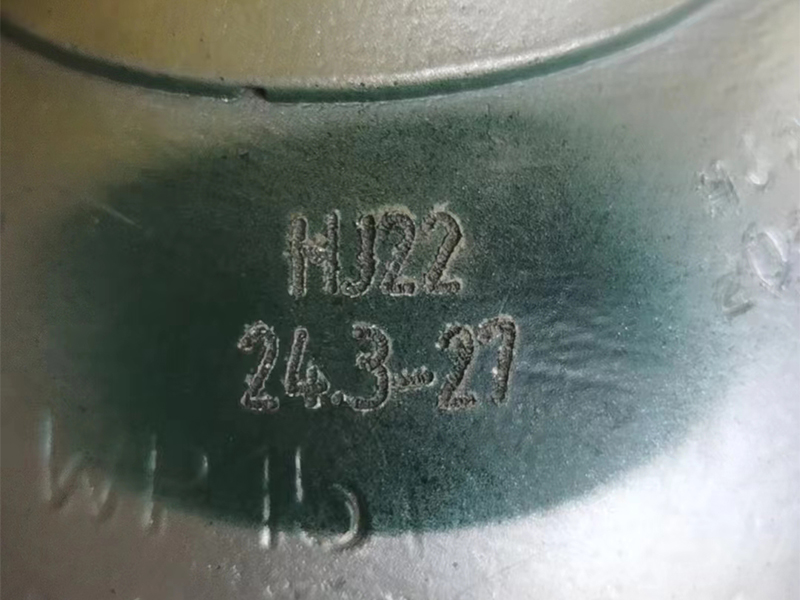
What information is contained in the shoulder marking of a gas cylinder?
Understanding the common markings can help you determine a cylinder’s origin and history. These markings are typically divided into two sections: one containing the manufacturer’s information and the other containing traceability information, such as the serial number, batch number, or date.
- Manufacturer Information
Manufacturers used to engrave their names or logos on cylinders using embossing rotogravure, but now, many customers also use pneumatic or laser marking. This information is essential for identifying the source of the cylinder and is useful in the event of cylinder-related issues.
- Traceability information
Typically, shoulder text content markings vary slightly from country to country and from industry to industry, but generally include information such as date of manufacture, batch number, unique serial number, actual capacity, actual weight, regulatory markings, and so on. This type of information is now being marked by pneumatic dot peen or laser marking, which allows for more flexible coding than traditional roto gravure embossing. In particular, cylinders that have been used for multiple fills need to be labeled with information on their use and filling history to ensure traceability.
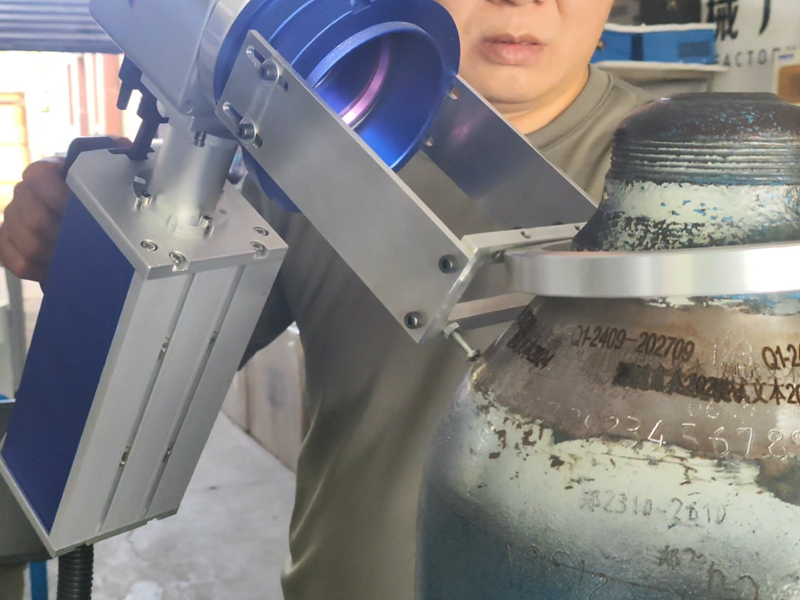
How Can Gas Cylinders Be Marked?
ZIXU Marking has continued to provide gas cylinder marking equipment to professional users for over a decade, including gas industry giants such as Messer and end users such as ABB. Our line of gas cylinder marking equipment includes handheld portable markers, benchtop systems that can be integrated into automated production lines, dot peen and laser types, and a range of patented fixtures. Below, I will explain some common applications:
- For 20~100L oxygen, carbon dioxide, nitrogen, argon, and other common industrial gas cylinders, we recommend using our patented solenoid fixture, handheld dot peen marking machine. It is easy to use and works well. Our patented tooling is compatible with handheld fiber laser marking machines ranging from 100 to 300 watts. They offer similar efficiency to dot peen machines but are more reliable, environmentally friendly, quieter, and require less maintenance. These features make them ideal for users concerned about sustainability.
- For 1~20L medical or special purpose gas cylinders in small quantities, we recommend using either a desktop rotary dot peen marking machine or a fiber laser marking machine. Dot peen marking produces a deeper mark and is more cost-effective. However, fiber laser marking is easier to operate on cylinders of different capacities. However, laser marking is not recommended for filled combustible gas cylinders.
- For 1~20L medical or special purpose gas cylinders in large quantities, we recommend using automated dot peen or laser marking systems that can be integrated into your production line. Dot peen systems usually require moving modules to avoid bumping needles during the loading and unloading process, which decreases overall efficiency. Laser marking systems can be deployed more flexibly because they do not require contact. However, to ensure efficiency, a higher-power MOPA laser is needed, which is slightly more expensive.
Feel free to contact us if you already have a machine in mind or if you’re still not sure which type is right for you.
Recommended Products

.jpg)
